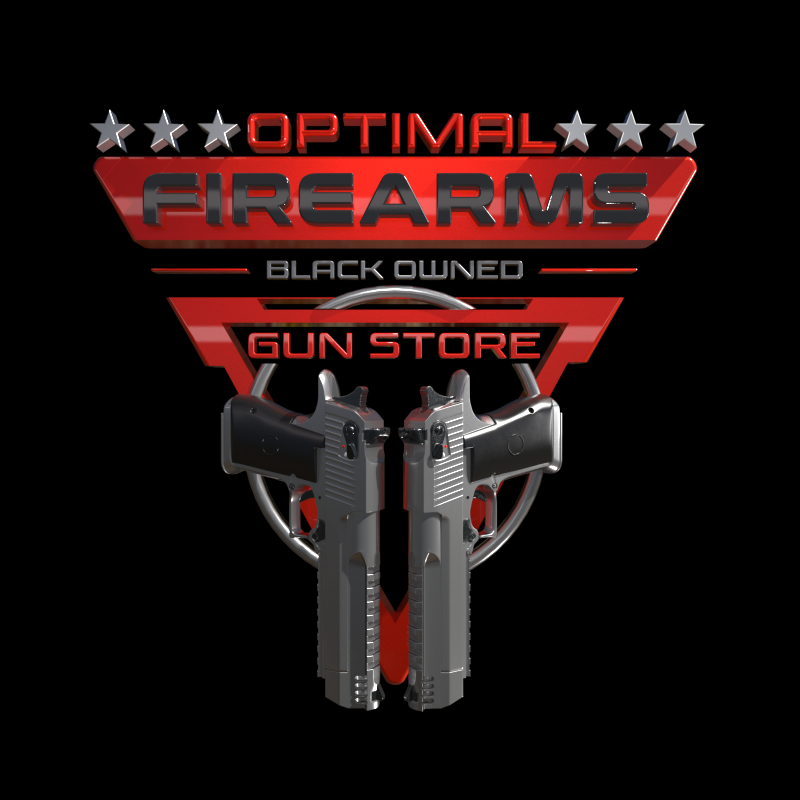Recoil is the kickback or movement felt by the shooter when a firearm is discharged. It is a result of the law of conservation of momentum, which states that for every action, there is an equal and opposite reaction. When a firearm is fired, the bullet and the propellant gases are expelled from the barrel in a forward direction, while the gun moves backward in the opposite direction, producing the recoil. The magnitude of recoil depends on several factors, including the type of firearm, the caliber of the ammunition, and the weight and design of the gun. The heavier the firearm and the lighter the ammunition, the less recoil will be experienced. Proper firearms training can help individuals learn how to control and manage recoil.
Recoil management is an important aspect of firearms training, as it can affect the accuracy and speed of shooting. A shooter can minimize the effects of recoil by using proper grip and stance techniques, as well as by choosing firearms and ammunition that are well-suited to their individual needs.
There are two main components of recoil: the physical movement of the firearm and the perceived recoil, which is subjective and can vary based on individual factors such as body size and shooting experience. Recoil can also be managed through the use of various accessories, such as recoil pads and compensators, which can help reduce the physical movement of the firearm.
In addition to affecting accuracy and speed, excessive recoil can also cause discomfort and lead to flinching, which can negatively impact a shooter's performance. As a result, it is important for individuals to choose firearms and ammunition that are appropriate for their level of experience and skill, and to receive proper training in recoil management techniques.
Overall, understanding and managing recoil is an important part of firearms training, and can help individuals become more effective and confident shooters.
Recoil management is also a key consideration in selecting a firearm for self-defense or hunting. A firearm with excessive recoil can be difficult to control, making follow-up shots more difficult and reducing accuracy. Conversely, a firearm with low recoil can be more manageable, allowing for faster and more accurate follow-up shots.
In competition shooting, managing recoil can also be critical for success, as it can affect the speed and accuracy of shots. Competitive shooters often use firearms and ammunition that are optimized for low recoil, as well as proper technique, to manage recoil effectively.
Finally, it is worth noting that recoil can be affected by other factors such as the type of action (e.g., semi-automatic or bolt-action) and the type of barrel (e.g., fixed or telescopic) used in a firearm. For example, semi-automatic firearms generally have less recoil than bolt-action firearms, as the recoil energy is partially absorbed by the action of the gun.
In conclusion, understanding and managing recoil is a key aspect of firearms training and is critical for effective and safe firearms use. With proper training and attention to the various factors that affect recoil, individuals can become more effective and confident shooters.
Recoil is the kickback or movement felt by the shooter when a firearm is discharged and results from the law of conservation of momentum. The magnitude of recoil depends on several factors including the type of firearm, caliber of the ammunition, and weight and design of the gun. Proper firearms training can help individuals learn how to control and manage recoil. Recoil management is important for accuracy, speed, and comfort, and can be affected by various factors such as grip and stance techniques, accessories, and individual factors such as body size and shooting experience. Understanding and managing recoil is a key aspect of firearms training and is critical for effective and safe firearms use.
